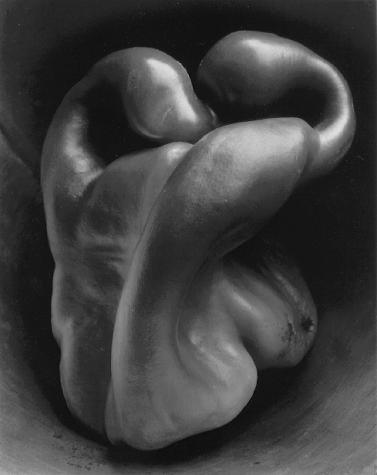There is a Wikipedia article on top-left lighting, which cites as its primary reference the papers Where is the sun? and Is light in pictures presumed to come from the left side?. These papers support the conclusion that people prefer lighting from the left when resolving a convex-concave ambiguity, although the second notes that the correlation is weak (especially compared to a strong preference for light coming from the top).
The Sun/Perona paper notes that about 77% of paintings from a large random sampling from several museums tend towards left-lighting, which is interesting, but not a value judgment, and I think it is very wrong to take this kind of thing and make it a rule. Esa states the matter as a prescription: "Whenever you have a choice in it, have the light come from left side", but I think it's more likely just that "When it doesn't really matter, people creating art have a tendency to choose top-left lighting."
But maybe the old masters were on to something (and just got it wrong 23% of the time). I didn't do a comprehensive study, but a quick glance over the works of impressionists like Degas, Renoir, or Monet show that they certainly didn't hold this guideline sacred. So, while it may indeed be true that older paintings tend this way, I don't think it would necessarily hold up with a different sample set.
And, all of that isn't photography. Edward Weston certainly never got the memo, and he's perhaps most famous for a photograph with abstract, convex shapes.

Weston's other famous work doesn't seem to tend towards left-lighting either. But of course, that's just one photographer. To get a better sample, I went through Life Magazine's online collection The Best of Life. There, direction seems to be evenly split between a) predominantly-left light, b) predominantly-right light, c) ambiguous or mixed lighting, and c) dramatic back or front-lighting. If anything, there's a slight preference for light from the right to light from the left.
I also looked at Richard Avedon (who seems to have slightly more portraits lit from the right than from the left in his portfolios online), Diane Arbus (no consistent directional pattern), Henri Cartier-Bresson (lots of interesting light and shadow, no sign of following a rule), Elliot Erwitt (about even), Annie Leibovitz (again, about even), and of course Ansel Adams (and still, no pattern of left-lighting).
Going a little more contemporary, Dave Hill's online portfolio actually seems pretty slanted towards light from the right. Or, every enthusiast-photographer's lighting guru David Hobby (of Strobist) — this clearly is not one of his considerations.
I think that if putting the light to the left made photographs better, one of these people would have caught on.
So, I put forth that while you might want to follow this suggestion in product photography (and particularly when you want to make the form of an abstract shape obvious rather than mysterious), there is no general rule.
